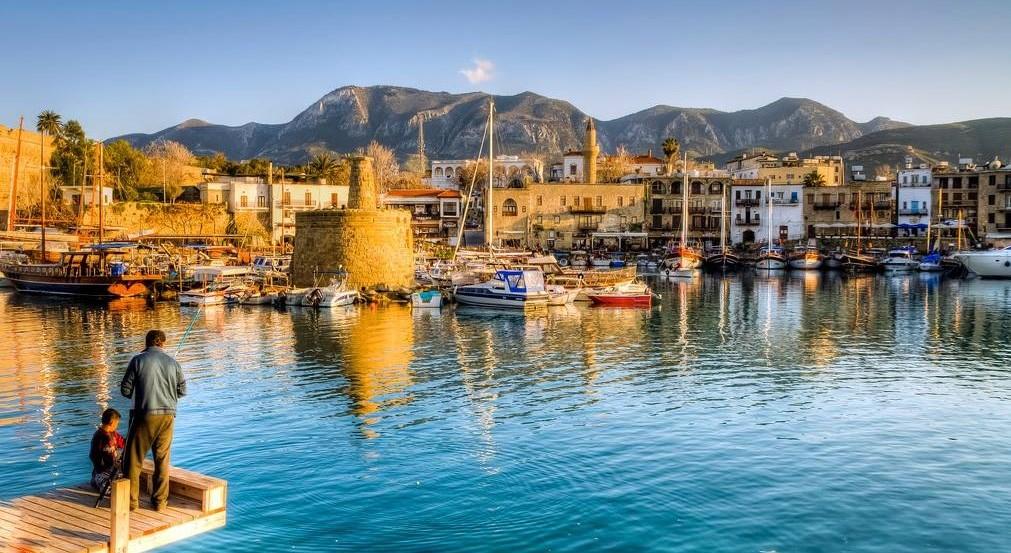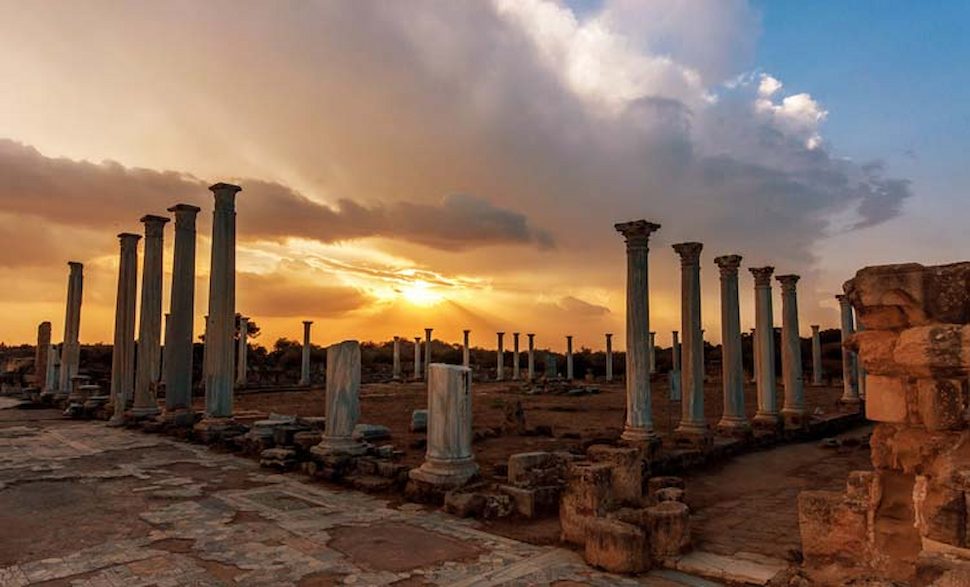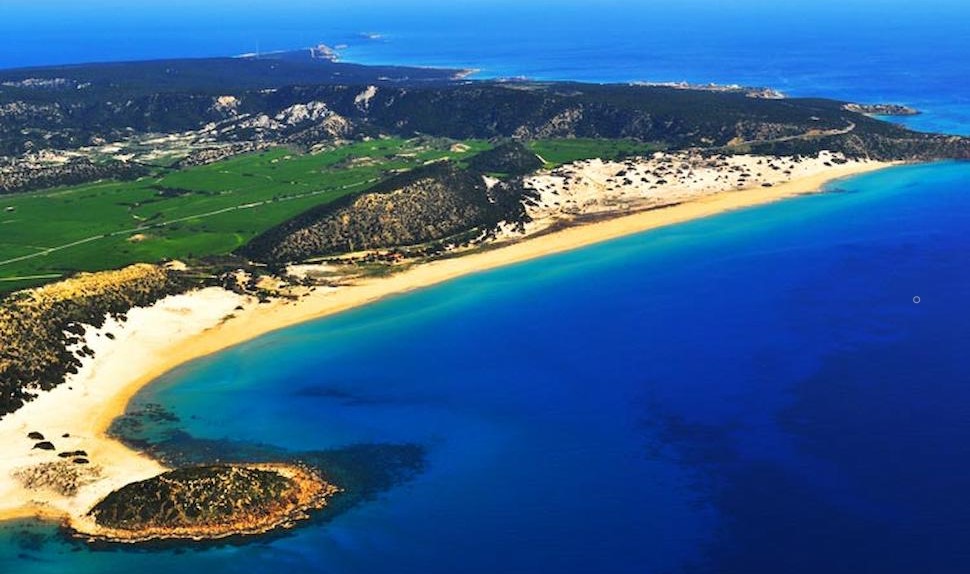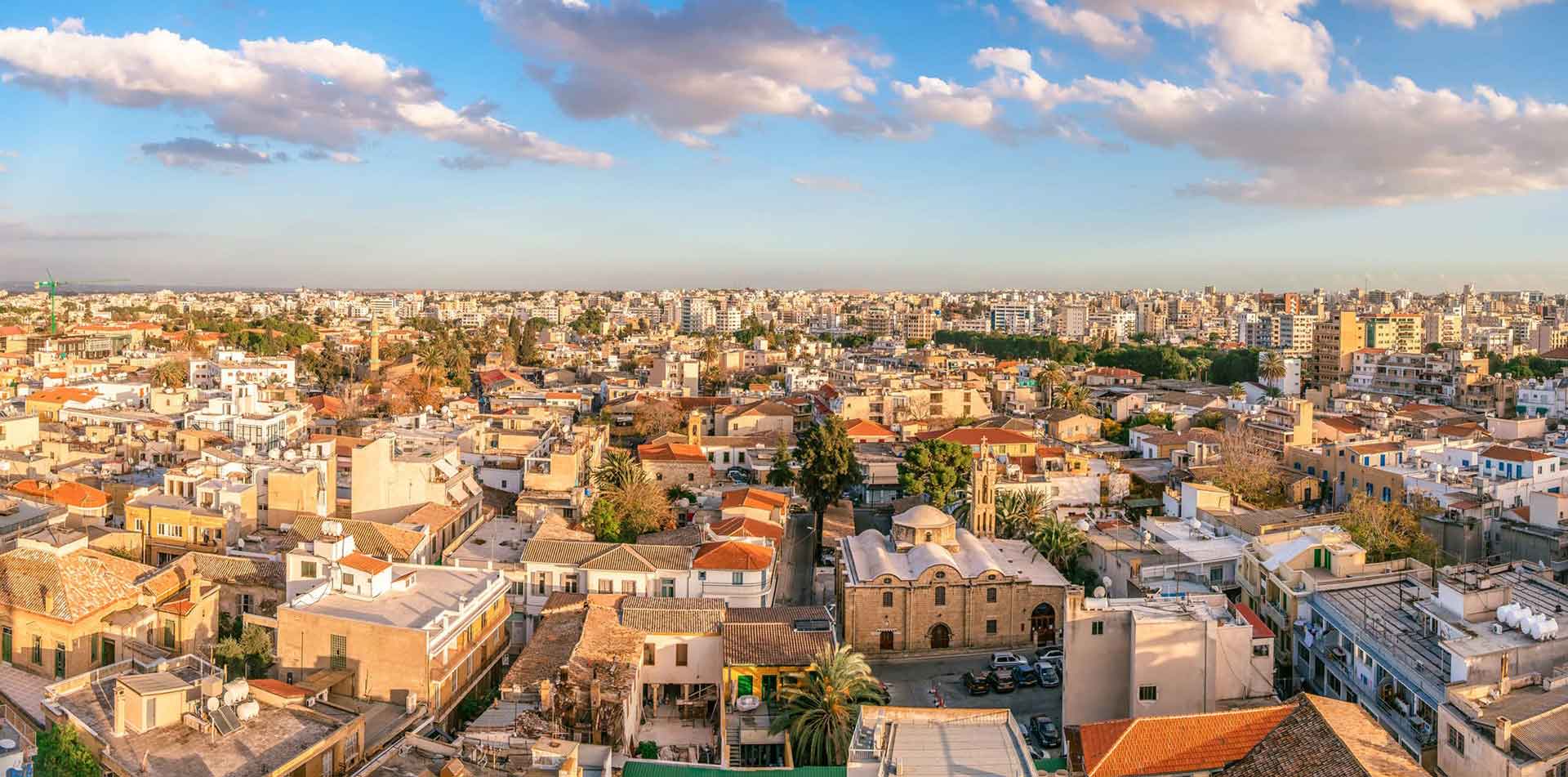Top Places to Visit in North Cyprus: A Must-See Guide
🏞️ Kyrenia (Girne) – The Jewel of North Cyprus
Kyrenia is a picturesque harbor town known for its stunning coastline, historic charm, and lively atmosphere.

- Kyrenia Harbour – A beautiful old harbor lined with restaurants and cafes, offering breathtaking sunset views.
- Kyrenia Castle – A well-preserved fortress dating back to Byzantine times, home to the fascinating Shipwreck Museum.
- Bellapais Abbey – A peaceful medieval monastery perched on a hill with panoramic views of Kyrenia.
- St. Hilarion Castle – The inspiration behind Disney’s Sleeping Beauty Castle, this fairy-tale fortress offers incredible views and rich history.
🏡 Famagusta (Gazimağusa) – A Living Museum of History
Famagusta is a city steeped in history, featuring remarkable ruins, medieval architecture, and golden beaches.

- Othello Castle – Linked to Shakespeare’s famous tragedy, this castle offers insight into medieval defense structures.
- Lala Mustafa Pasha Mosque – Formerly St. Nicholas Cathedral, this grand Gothic-style mosque is a historical masterpiece.
- Varosha (Maraş) – A ghost town frozen in time since 1974, now partially reopened for visitors.
- Salamis Ancient City – One of the most significant archaeological sites in Cyprus, featuring Roman baths, an amphitheater, and ancient mosaics.
🌊 Karpaz Peninsula – The Unspoiled Paradise
The Karpaz Peninsula, often called the “Panhandle of Cyprus,” is a nature lover’s dream with untouched beauty and rich biodiversity.

- Golden Beach – A spectacular stretch of golden sand, perfect for relaxation and spotting endangered sea turtles.
- Apostolos Andreas Monastery – A sacred pilgrimage site with historical and religious significance.
- Wild Donkeys – The peninsula is home to herds of friendly wild donkeys that roam freely.
🏖️ Nicosia (Lefkoşa) – A City of Contrasts
Nicosia, the world’s last divided capital, offers a mix of modern city life and deep-rooted history.

- Selimiye Mosque – Formerly St. Sophia Cathedral, this stunning Gothic mosque highlights the city’s diverse history.
- Ledra Street and Lokmacı Crossing – The famous pedestrian street where you can experience both North and South Cyprus.
- Buyuk Han – A beautifully restored Ottoman caravanserai offering traditional cafes and craft shops.
🏝️ Guzelyurt – The Land of Citrus Orchards
Guzelyurt is a lesser-known gem famous for its fertile lands, citrus groves, and archaeological sites.
- St. Mamas Monastery – A unique monastery known for its stunning frescoes and local legends.
- Soli Ruins – An ancient city with a well-preserved Roman theater and stunning mosaic floors.
🎭 Iskele – A Blend of Culture and Relaxation
Iskele, also known as Trikomo, is a coastal town offering a perfect balance of culture, history, and relaxation.
- Long Beach – One of the longest beaches in Cyprus, perfect for families and watersports enthusiasts.
- Kantara Castle – A hilltop fortress providing breathtaking views over the coastline.
🏞️ Why Visit North Cyprus?
- Rich History: Ancient ruins, castles, and mosques tell the story of centuries past.
- Natural Beauty: From golden beaches to rugged mountains, North Cyprus is a paradise for nature lovers.
- Authentic Culture: Experience true Cypriot hospitality with traditional cuisine and vibrant markets.
- Less Crowded: Unlike the south, North Cyprus offers a peaceful and relaxed travel experience.
North Cyprus is a hidden treasure waiting to be explored! Plan your visit today and experience the charm, history, and beauty of this incredible destination. 🌟
👉 "Planning to visit these amazing locations? Book your car rental with us for a hassle-free journey in North Cyprus!"